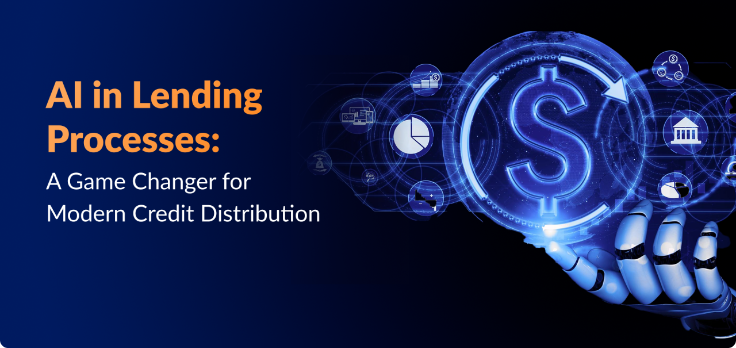AI and Loan Underwriting: How Technology Is Changing the Game
The process of loan underwriting the evaluation of a borrower’s creditworthiness has traditionally been slow, paperwork-heavy, and reliant on human judgment. But with artificial intelligence (AI) entering the scene, lenders can now assess risk faster, more accurately, and with greater personalization than ever before.
AI-powered underwriting is transforming how loans are approved, who gets access to credit, and what terms are offered.
What Is AI Loan Underwriting?
AI loan refinance uses machine learning algorithms, big data, and predictive analytics to evaluate whether a borrower is likely to repay a loan. Unlike traditional underwriting, which often relies on fixed criteria like credit scores and income, AI can process a far wider range of data in real time.
How AI Is Changing Loan Underwriting
1. Faster Decisions
AI can analyze thousands of data points in seconds—reducing loan approval times from weeks to minutes. This benefits both borrowers, who get quicker responses, and lenders, who can process more applications efficiently.
2. More Accurate Risk Assessment
Traditional underwriting sometimes overlooks creditworthy applicants because it’s based on limited data. AI can detect subtle patterns and risk indicators, reducing false approvals and rejections.
3. Inclusion of Alternative Data
AI underwriting can incorporate non-traditional data sources such as:
-
Rent and utility payment history
-
E-commerce purchase behavior
-
Social media activity (in some markets)
-
Gig economy income patterns
This helps expand access to borrowers with limited credit histories.
4. Personalized Loan Terms
Instead of one-size-fits-all interest rates, AI can tailor loan amounts, repayment schedules, and pricing to each borrower’s risk profile.
5. Continuous Monitoring
AI doesn’t just stop at approval—it can monitor borrower behavior over time to detect early warning signs of default and suggest proactive interventions.
Benefits of AI in Loan Underwriting
-
Speed: Instant decisions mean better customer experience.
-
Accuracy: Lower default rates due to better risk modeling.
-
Inclusion: More people gain access to credit.
-
Cost Efficiency: Less manual processing and fewer errors.
Challenges and Risks
While AI brings major improvements, it’s not without concerns:
-
Bias in Algorithms: If the training data contains bias, AI can unintentionally perpetuate discrimination.
-
Transparency: AI decision-making can be a “black box,” making it harder for borrowers to understand why they were approved or denied.
-
Data Privacy: The use of alternative data raises concerns about how personal information is collected and used.
The Future of AI Loan Underwriting
Looking ahead, AI will likely integrate with blockchain technology for secure identity verification and with open banking APIs for real-time financial data access. Expect fully automated lending platforms that can serve global customers 24/7 with personalized loan products—without the need for human intervention in most cases.
Bottom line:
AI is making loan underwriting faster, smarter, and more inclusive. But as technology advances, maintaining transparency, fairness, and privacy will be key to ensuring AI benefits both lenders and borrowers.


